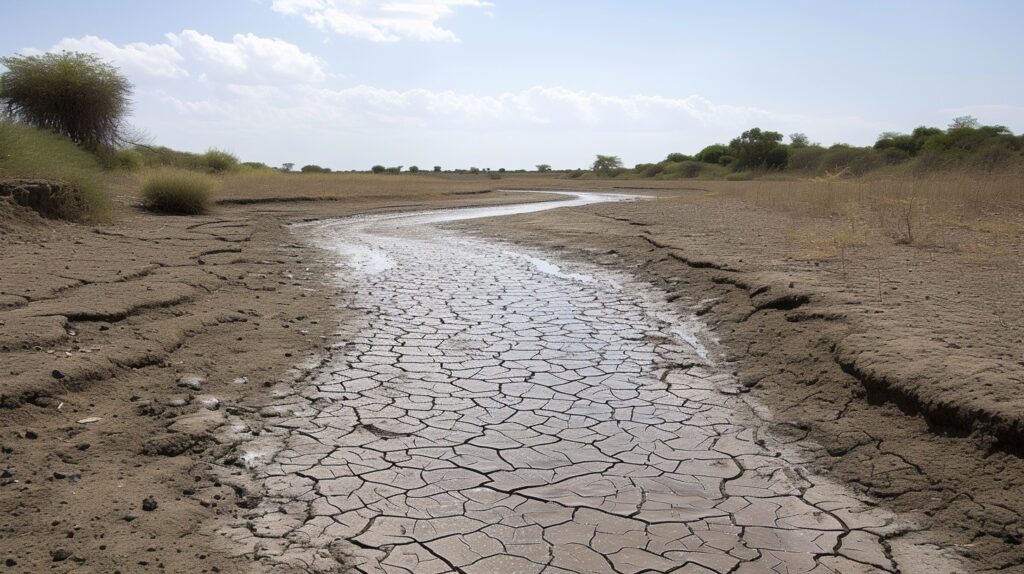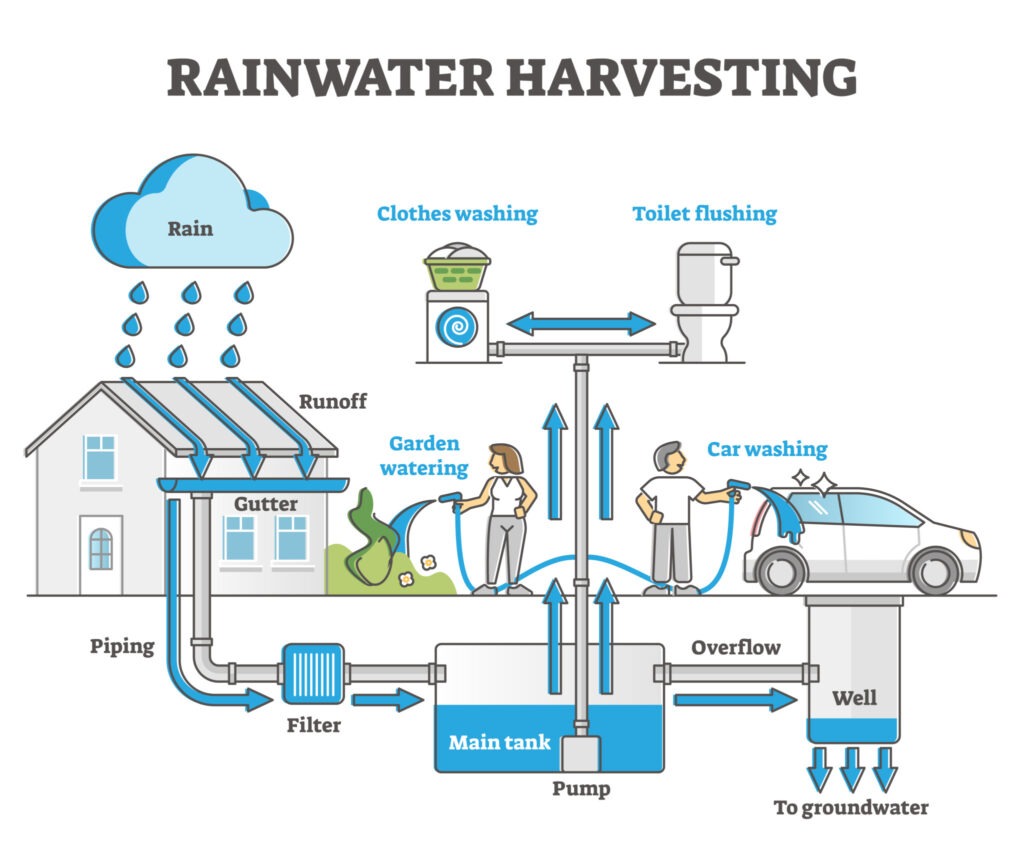
Navigating Water Supply Challenges in U.S. Architectural Design
As architects, we are entrusted with the responsibility of creating structures that are not only aesthetically pleasing but also sustainable and resilient. In the United States, a pressing concern that demands our attention is the challenge of ensuring a reliable water supply in the face of increasing scarcity and infrastructure limitations.
The Growing Concern of Water Scarcity
The U.S. is experiencing significant water scarcity issues, particularly in arid regions such as the West and Southwest. Rapid urbanization and population growth in these areas have intensified the demand for potable water, straining existing resources. This situation is exacerbated by climate change, which has led to prolonged droughts and unpredictable weather patterns, further diminishing water availability.
Aging Infrastructure and Its Implications

Many urban centers across the country are grappling with outdated water infrastructure. Decades-old pipelines and treatment facilities are prone to leaks and failures, resulting in significant water loss and contamination risks. The crisis in Flint, Michigan, serves as a stark reminder of the potential public health disasters stemming from neglected water systems.
Architectural Strategies for Sustainable Water Management
In response to these challenges, architects must adopt innovative design strategies that promote efficient water use and conservation. Key approaches include:
• Integrated Water Management (IWM): This holistic approach involves the collection, treatment, and reuse of water within the building site. Techniques such as rainwater harvesting, greywater recycling, and the incorporation of green infrastructure like bioswales and permeable pavements can significantly reduce reliance on municipal water supplies.
• Decentralized Water Systems: Implementing on-site water treatment and recycling systems can enhance water security and reduce the burden on public infrastructure. These systems allow buildings to operate independently in terms of water supply, which is particularly beneficial in areas with unreliable municipal services.
• Water-Efficient Fixtures and Appliances: Specifying low-flow faucets, dual-flush toilets, and water-efficient appliances can substantially decrease indoor water consumption. Additionally, smart irrigation systems that adjust watering schedules based on weather data can optimize outdoor water use.

Collaborative Efforts and Policy Advocacy
Addressing water supply challenges requires collaboration beyond individual projects. Architects should engage with urban planners, policymakers, and communities to advocate for sustainable water management practices at the city and regional levels. This includes supporting policies that promote the development of resilient infrastructure and the adoption of water-efficient building codes.
Conclusion
The challenges associated with water supply in the U.S. are complex and multifaceted, necessitating a proactive and informed approach from the architectural community. By integrating sustainable water management strategies into our designs and collaborating with stakeholders, we can contribute to the development of resilient built environments that safeguard this precious resource for future generations.
